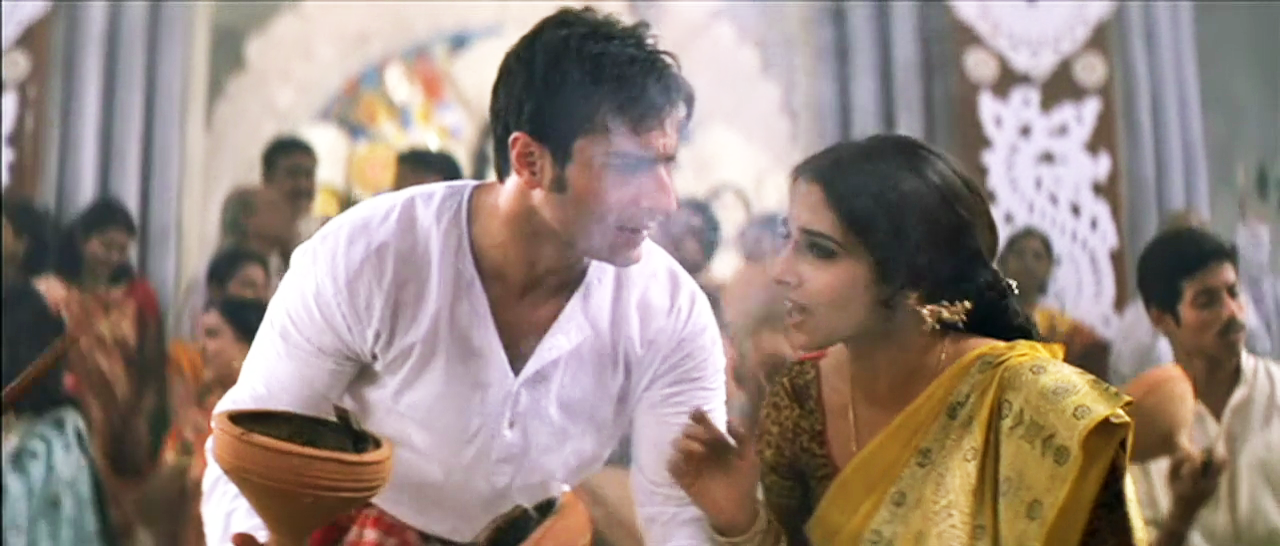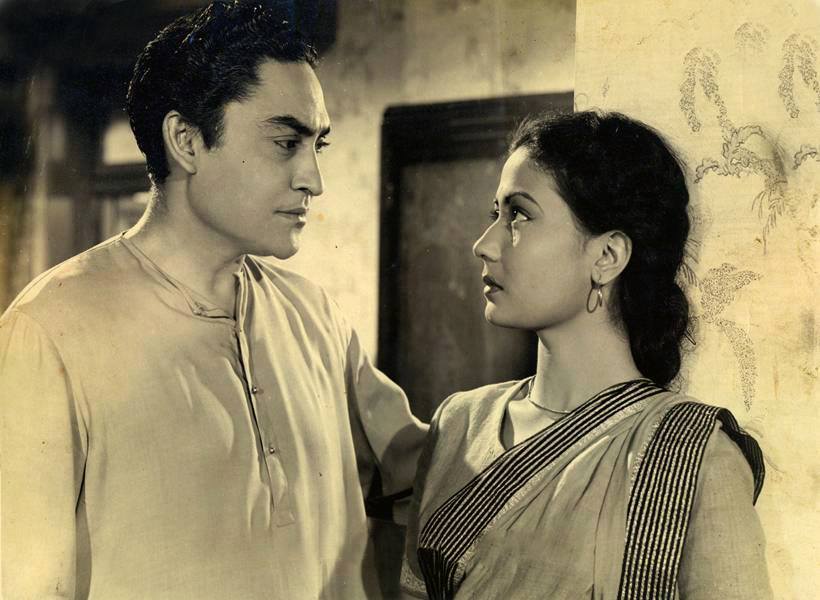Most of the romantic novellas have been adapted to the big screens by the Hindi Cinema, and many of these stories were not just restricted to one version only. Filmmakers went on to add their perspective and with the passing years, the stories shaped with different perspectives altogether reaching out to a mass audience through the medium of cinema. And one such story is Parineeta by Sarat Chandra Chattopadhyay which so far has two cinematic versions both having different shades but the same plot and the difference between the time tells us a lot about different perspectives and how it relates with time.
The first one was in 1953 adapted by Bimal Roy starring Ashok Kumar and Meena Kumari while the other one was the 2005 film directed by Pradeep Sarkar which starred Saif Ali Khan and Vidya Balan. The film follows the story of Lalita, orphaned at an early age, she lives with her maternal uncle and family. She is gentle and all things feminine. Both Roy and Sarkar had different ideas of the perfect woman story arc.
Set in the pre-independence era, the social commentary in the film marks its relevance even today. Both the versions are quite similar but even different in many ways. Roy focuses on the depth of the story more than the characters, the storytelling follows a linear path straightforward but also slow-paced. On the other hand, Sarkar has crafted Parineeta more as a character study, the plot follows a non-linear way depicting the insights of the story.
Also, Roy has a social approach to his film, being true to the societal structure back then, he creates various story arcs highlighting these sides of the society while Sarkar chooses to keep mum and mainly talks about the main plot of the story and their characters. The 1953 classic has a wide approach to the world of Parineeta portraying society as a whole in the film.
So that were the different shades in both these films based on the same story.
Share your views and stay tuned to The Indian Wire for more such articles.


